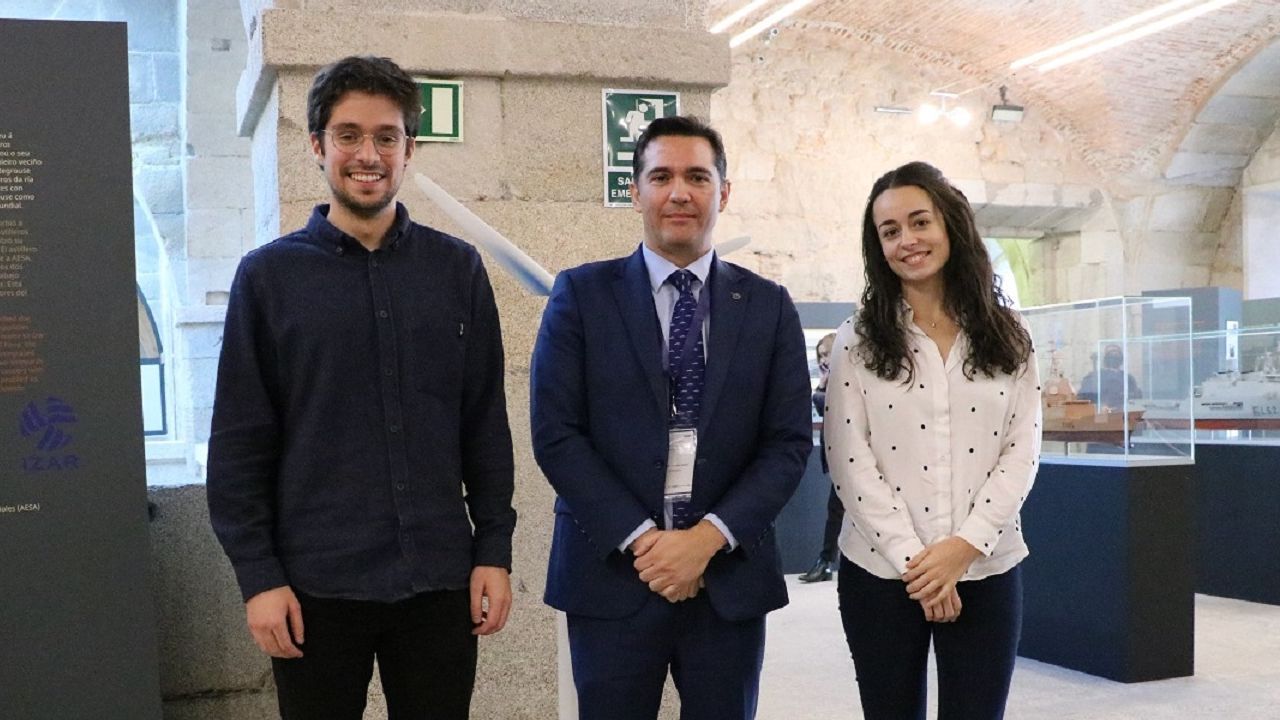
El Congreso Internacional de Modelado y Simulación I3M acaba de premiar un artículo que lleva la firma de tres miembros de la Unidad Mixta de Investigación (UMI) UDC-Navantia: Adolfo Lamas Rodríguez, Javier Pernas Álvarez e Inés Taracido López. Los tres investigadores se han llevado los el premio por un trabajo en el que proponen un modelo de simulación en el que usan un gemelo digital 3D con el fin de optimizar la fabricación de estructuras offshore de la eólica marina.
Según explican desde la UDC, «este modelo es quién de obtener, de forma automática, programaciones pseudo-óptimas aplicando la misma lengua y criterios que un equipo real de dirección de proyectos». Además, desde la institución académica indican que «el gemelo digital de procesos proporciona una gran fidelidad ya que incorpora modelos 3D del astillero y de las plataformas, que le permite comunicar los resultados con mayor eficacia y agilidad con la intención de acelerar el proceso de toma de decisiones».


